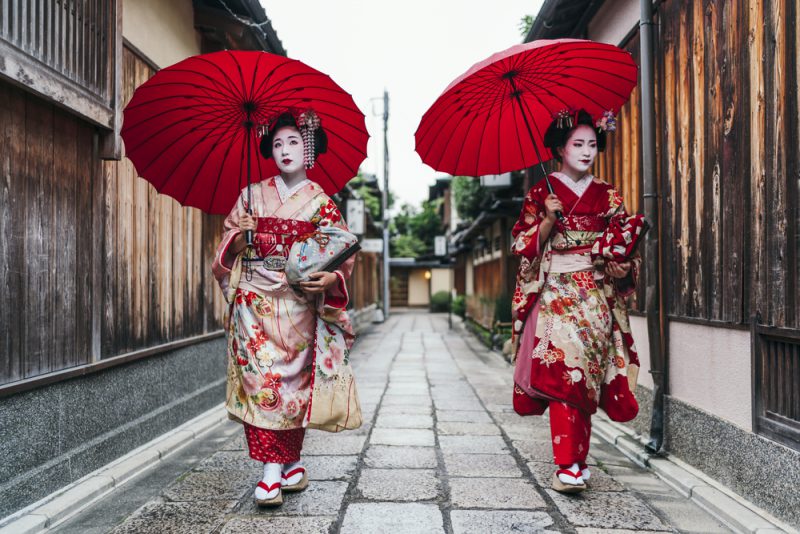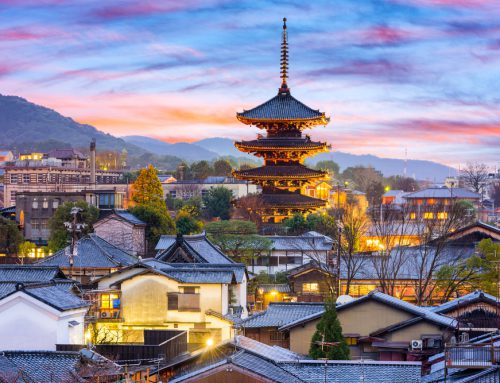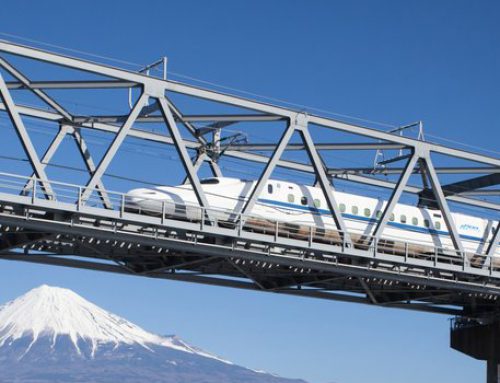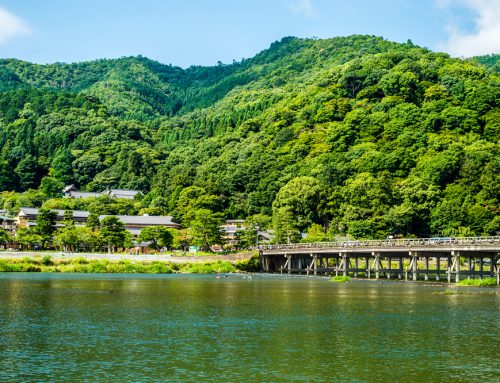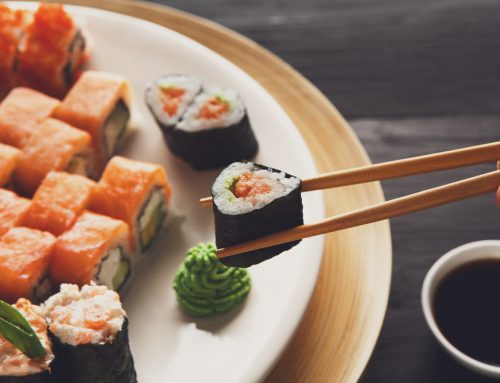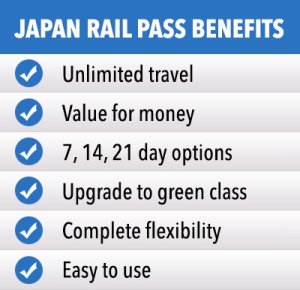No matter how well-travelled you are, when you arrive in Japan you will find it quite unlike anywhere else in the world. The neon lights, food, customs, culture and heady mix of ancient and modern mean that some adjustment is necessary, particularly for first-time visitors to Japan. Here are some handy tips to guide you through your initial Japanese experience, and hopefully help you avoid any social, financial and practical issues along the way.
1. Make sure you carry enough cash since credit cards aren’t that common
Cash may be almost dead in some western societies, but Japan is still a cash-orientated society so always carry plenty of Japanese yen with you when shopping, dining and visiting attractions. Credit/debit cards are accepted in larger hotels and restaurants, but rarely elsewhere. You can use plastic to draw cash from ATMs at the Post Office or 7-Eleven convenience stores. It’s a good idea to bring some Japanese yen with you. Alternatively, change money at a foreign exchange desk, although you will have no control over unfavourable exchange rates and fees.
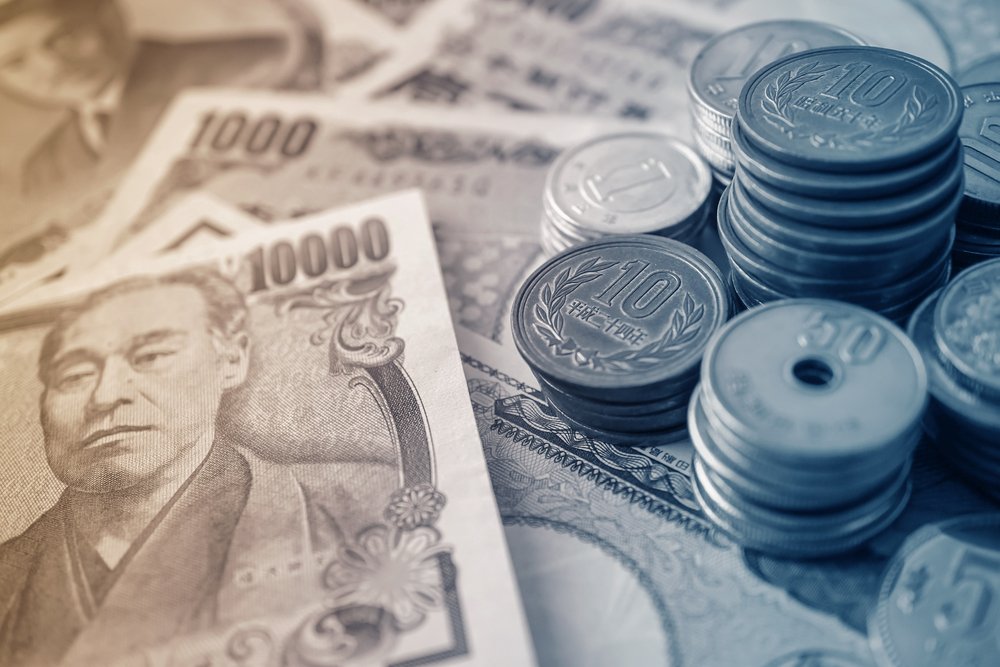
2. Learn some basic Japanese phrases to help you on your way
Although some English is spoken and signs are in English in popular tourist areas, it is helpful (and courteous!) to learn some basic Japanese phrases.
Hello – konnichiwa
Yes – hai
No – lie
Thank you – arigatou gozaimasu
I don’t understand – wakarimasen
Can you help me? – tasukete kuremasuka?
You can learn more basics here: http://www.japanrailpass.com.au/travel/before-you-go/japanese-phrases-while-travelling/
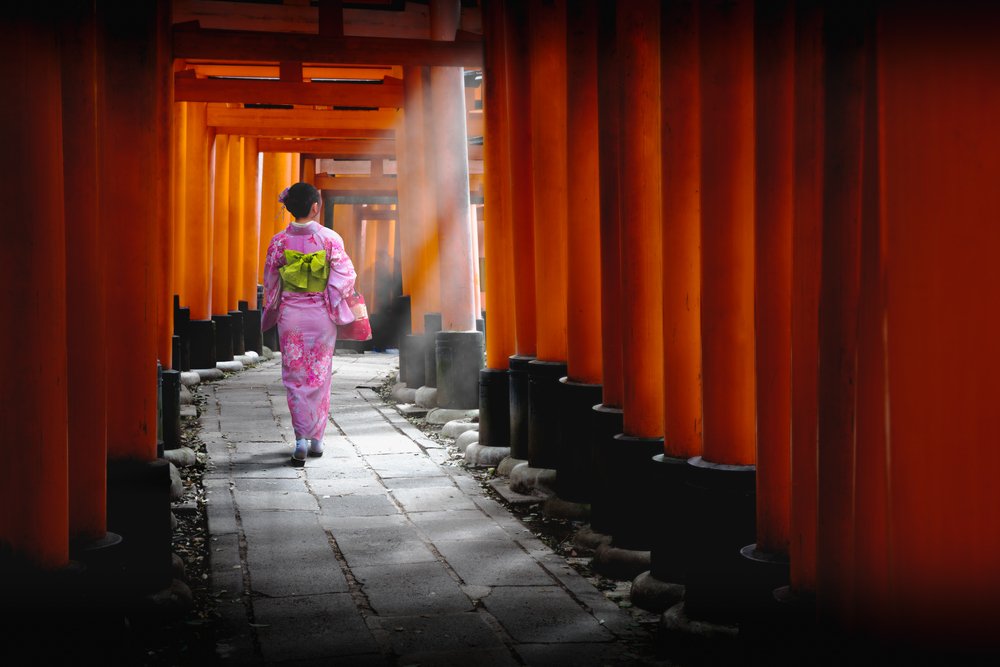
3. Purchase a Japan Rail Pass if you plan on extensive travel
At first glance, a Japanese Rail (JR) Pass might seem expensive, but in the long run it will save you money if you plan to explore Japan. A JR Pass includes unlimited travel all over Japan using the speedy high-tech Shinkansen (bullet train) and other various trains, buses and the JR Miyajima ferry. To get the cheapest rate it’s worth purchasing at home before you travel. So it’s worth being organised and “biting the bullet”, as they say!
4. Carry your hotel address in Japanese so it’s easy to get home if lost
Pick up a few business cards from the hotel reception when you arrive and always have one in your pocket or bag. This makes it easier for taxi drivers to understand your destination and helps locals direct you back to your hotel if lost.
5. Avoid the crowds at popular tourist areas, by going there at night!
Despite a declining population, Japanese cities and popular tourist areas are very crowded. A great way to see temples and historic buildings is at night. As well as avoiding the crowds, many buildings are floodlit after dark, providing wonderful photo opportunities.
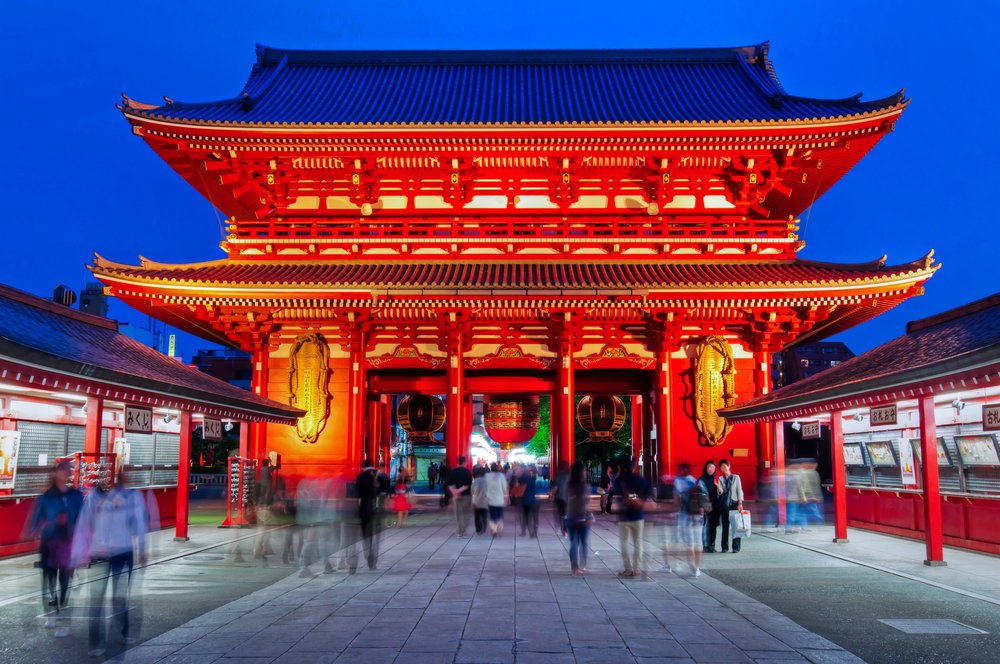
6. Convenient stores have so much to offer, not just for eating on a budget
The best place to find affordable food and beverages is at a convenience store (konbini). They sell meals, hot and cold snacks and lunch boxes (obento) as well as soda, coffee, tea and even beer and sake! International brands such as 7-Eleven, Family Mart and Lawson are fiercely competitive, keeping prices down. These stores are also a good place to find public toilets, ATMs and free Wi-Fi for customers.
7. Get a Prepaid IC Card (Pasmo/Suica etc) for convenient inner city travel
IC rechargeable cards are great for public transport and work on almost every train, subway and buses in Japan’s biggest cities, in particular Tokyo. Simply tap your card on the reader at the gates and you’ll be on your way. It saves you plenty of time and you don’t have to worry about constantly purchasing single fares as you go. The prepaid IC cards are becoming more popular with an increasing number of vending machines, restaurants and shops accepting them for payment, making it an extremely convenient way to travel. You can even use them in conjunction with your Japan Rail Pass.
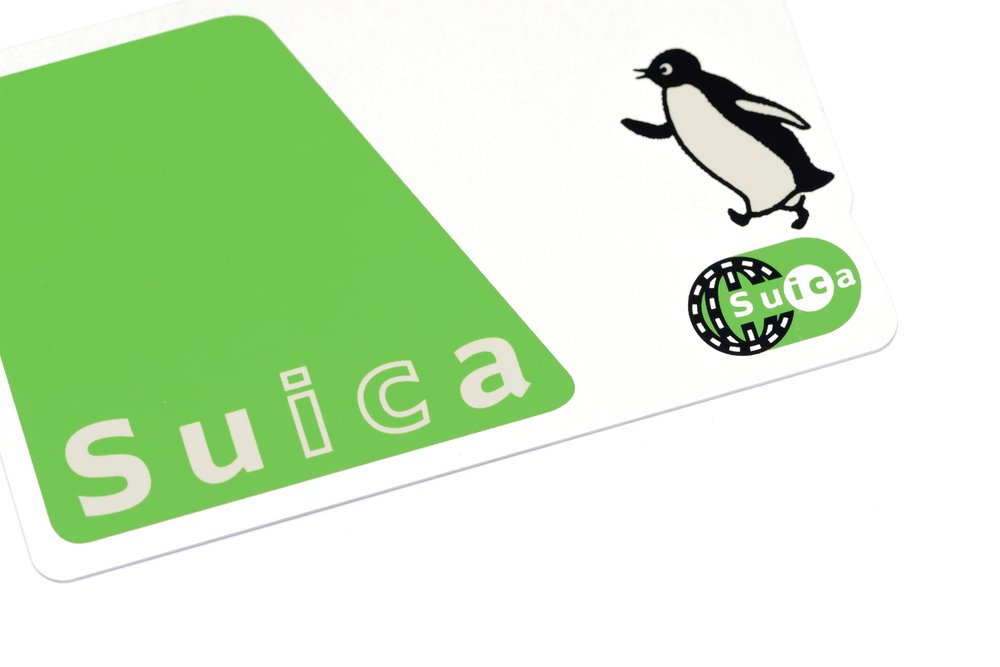
8. Get connected to help you get around and stay in touch
The best way to get help if you get lost is to find directions on your smart phone (you can ask some locals too!). You can purchase a local SIM for your unlocked mobile phone once you arrive in Japan. If you want to use several devices, rent a pocket Wi-Fi.
9. Silence is golden on public transport
Even though you have lots to talk about after a big day of sightseeing, chattering on public transport (trains and buses) is a no-no in Japan. You will notice that everyone is very quiet and no one is making phone calls, so it is courteous to follow their example and do the same.

10. Public litter bins are surprisingly scarce
Finding a place to put your rubbish is a little bit harder then what you’d imagine. It’s worth carrying a spare plastic bag for wrapping your rubbish and taking it home with you. If you purchase food/drink items from convenient stores then you can usually leave your rubbish in bins they supply there.
11. Be adventurous and experience as much as possible
You may only visit Japan once in your lifetime, so make the most of the experience by enjoying as many different local and cultural experiences as possible. Even if it’s simply trying a new dish, getting a mystery item from a vending machine, or getting out of the city and exploring some of the natural beauty this stunning island nation has to offer.

12. Tipping isn’t required
Tipping is not part of Japanese culture. In many cases if you tried to tip there may be some confusion or it would be kindly refused.
13. Luggage Services can make your travel easier
A great way to travel light in Japan is by using luggage forwarding (Takuhaibin) services. You can send your large luggage to anywhere in the country and it will generally reach the destination within 24 hours for a reasonable price. This leaves you free to travel without the worry of lugging your luggage, you can just pack a light bag with your essentials until your next destination.
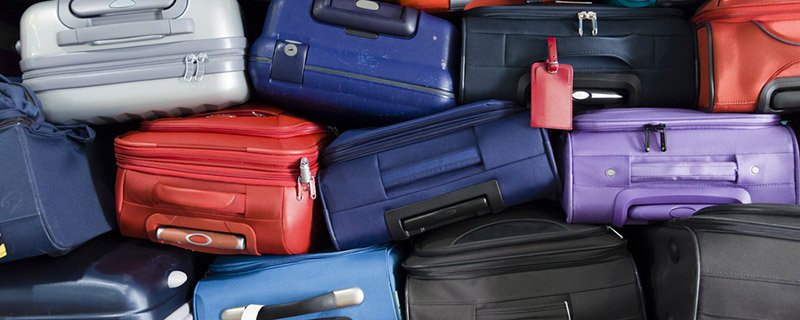
14. Download some handy Apps
Downloading some handy apps will definitely assist you on your trip to Japan. We recommend downloading the following apps to make your trip to Japan as stress free as possible: Hyperdia (a great transport planner app), Japan Navitime (to help you get from one place to the other), Yomiwa (Take a photo of Japanese writing and it will translate it!), Gurunavi (it will find gourmet restaurants based on your location), Google Translate, Google Maps, & Trip Advisor.
15. Do some research and plan a great itinerary
Japan is a country full of many wonders. To get the most out of your trip, we recommend doing your research to see what appeals most to you to help design your perfect itinerary. You can use our sample itineraries section of the website to find inspiration for your trip. They include a range of 7, 14, and 21 day itineraries that cover all the seasons.

From climbing Mount Fuji and skiing down Hokkaido to bathing in hot springs and sunbathing on Okinawa’s beaches, Japan is a land of diversity. By following these top tips you will enjoy it all!



